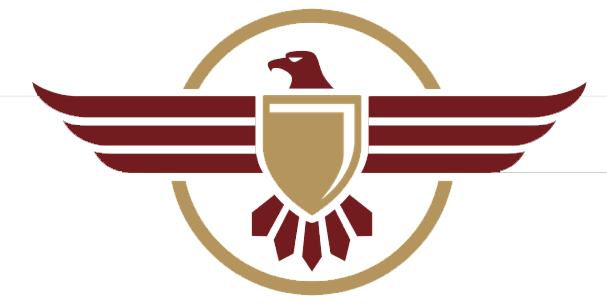Security threats rarely knock on the front door. They creep in through overlooked entry points, outdated policies, and blind spots—both physical and procedural. The reality is, most organizations don’t discover their weak spots until something goes wrong. At MProtective, we believe in flipping that script.
Whether you’re running a school, managing a healthcare facility, or overseeing event venues, understanding your actual risk, not just your perceived one, is the first step toward a truly secure environment.
In this guide, we’ll walk you through the most common overlooked vulnerabilities and show you how to address them proactively.
Why Proactive Security Assessments Matter
Many organizations assume that because they haven’t experienced a security incident, their systems are working. That’s a dangerous mindset. Security isn’t a static checklist but an evolving strategy.
A proper assessment doesn’t just spot what’s broken. It identifies what’s outdated, what’s vulnerable to new threats, and what might not hold up during an emergency.
And for organizations operating in today’s climate, where headlines about workplace violence, school threats, and organized theft are increasingly common, waiting until something happens is not an option.
5 Common Security Gaps That Often Go Unnoticed
1. Outdated Access Control Measures
Still relying on mechanical locks or outdated keycard systems? Technology moves fast, and so do the people looking to exploit it. Old systems can be easily bypassed, and a lack of user tracking makes it harder to audit who accessed your building and when.
What to do:
- Upgrade to a digital access system with role-based permissions and remote monitoring.
- Audit and reissue credentials periodically, especially after staff turnover.
2. Blind Spots in Surveillance Coverage
Security cameras are only helpful if they cover the right areas and are properly maintained. Many facilities install cameras and forget about them, assuming they’re a set-it-and-forget-it solution.
Common mistakes:
- Dead zones around building perimeters or corners.
- Poor lighting that renders footage useless at night.
- Cameras pointing at walls instead of entrances.
We recommend conducting a quarterly video surveillance audit and working with professionals to fine-tune camera placement.
3. Inconsistent Visitor Policies
Do your employees know exactly what to do when an unfamiliar face enters the building? Can visitors roam freely, or are they required to check in and wear ID badges?
Lack of consistent visitor management leaves your building vulnerable to tailgating, impersonation, or theft. Worse, it creates confusion during emergencies.
A simple fix:
- Implement a formal visitor log or digital check-in system.
- Train front-line staff on verification protocols and response procedures.
4. Gaps in Emergency Preparedness Plans
Having a binder labeled “Emergency Plan” on a shelf is not the same as being prepared. Too often, those plans are outdated, missing critical steps, or unknown to key staff.
Key questions to ask:
- When was the last time we reviewed or updated our plan?
- Have we trained new employees on emergency procedures?
- Do we run drills or just talk about them?
At MProtective, we help teams run tabletop exercises and full-scale drills so they’re ready when it counts.
5. Unsecured Deliveries and Loading Zones
Delivery areas are a frequent security blind spot. They’re often out of view, poorly lit, and accessible by people who don’t need to be on-site.
If you allow third-party drivers to enter these areas without oversight, you may be opening the door to theft, unauthorized entry, or worse.
How to tighten this up:
- Limit access to loading docks or receiving areas.
- Install cameras and alarms.
- Assign a staff member to verify deliveries and log vendor visits.
How to Conduct a Risk Assessment (Without Getting Overwhelmed)
You don’t need to tackle every issue at once. The key is to start with a professional risk assessment that’s tailored to your facility, your staff, and your daily operations.
Here’s how we recommend you begin:
- Walk your property like a stranger would. Are there ways to get in without being noticed? Areas where someone could hide?
- Talk to your team. Ask staff what safety concerns they’ve noticed. They often see issues leadership doesn’t.
- Call in outside eyes. A professional security team like MProtective can conduct a full site evaluation, recommend upgrades, and identify liabilities you might be missing.
Your Reputation and Your People Deserve Better
Small oversights can lead to big consequences. But the good news is that many of these risks are fixable with the right approach and the right partner.
At MProtective, we specialize in helping schools, healthcare facilities, places of worship, and event venues uncover these gaps before they become headlines. Our team brings both tactical expertise and long-term strategic support to help you stay ahead of evolving threats.
If you’re ready to feel confident in your security posture, let’s talk. Reach out to our team for a customized security assessment designed to meet your specific needs.



